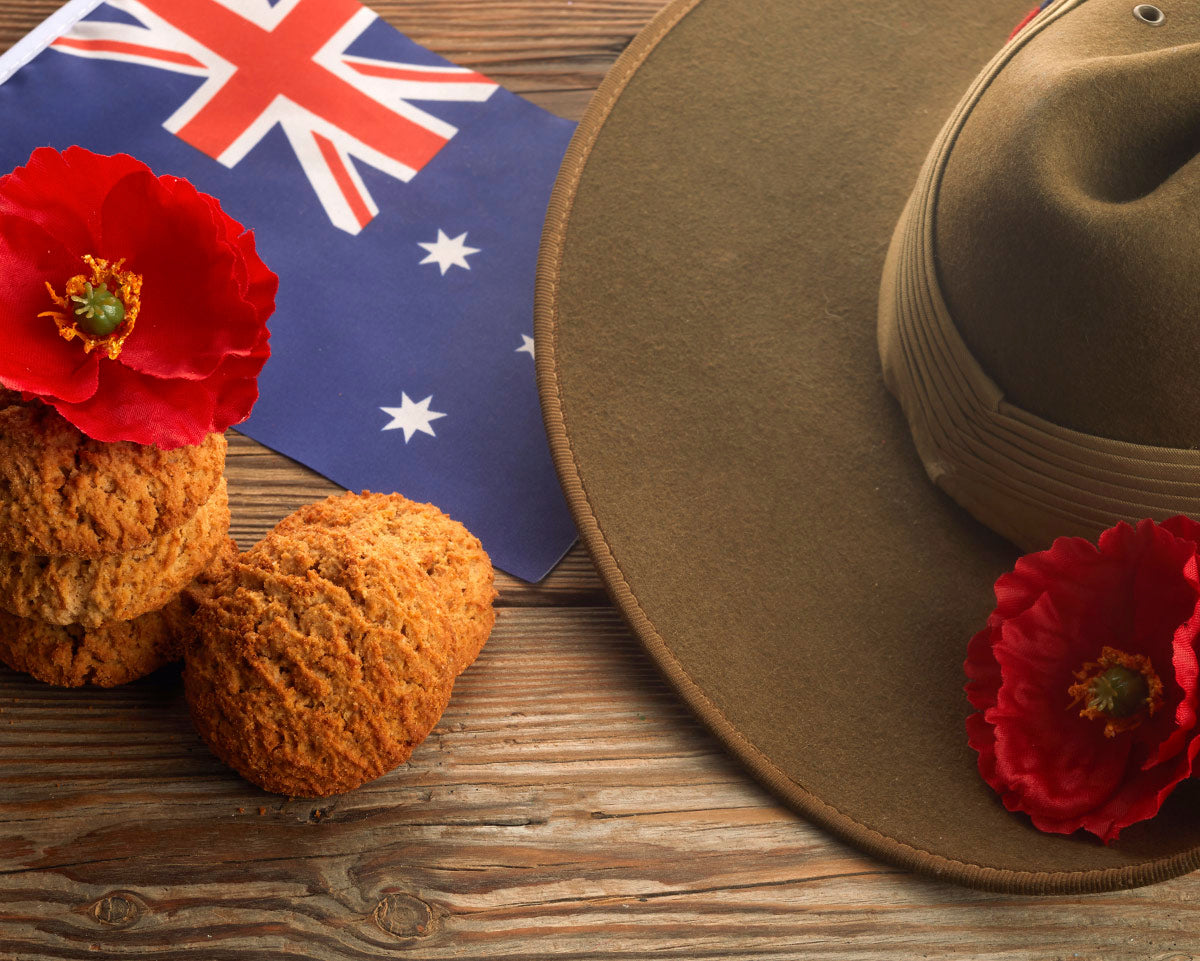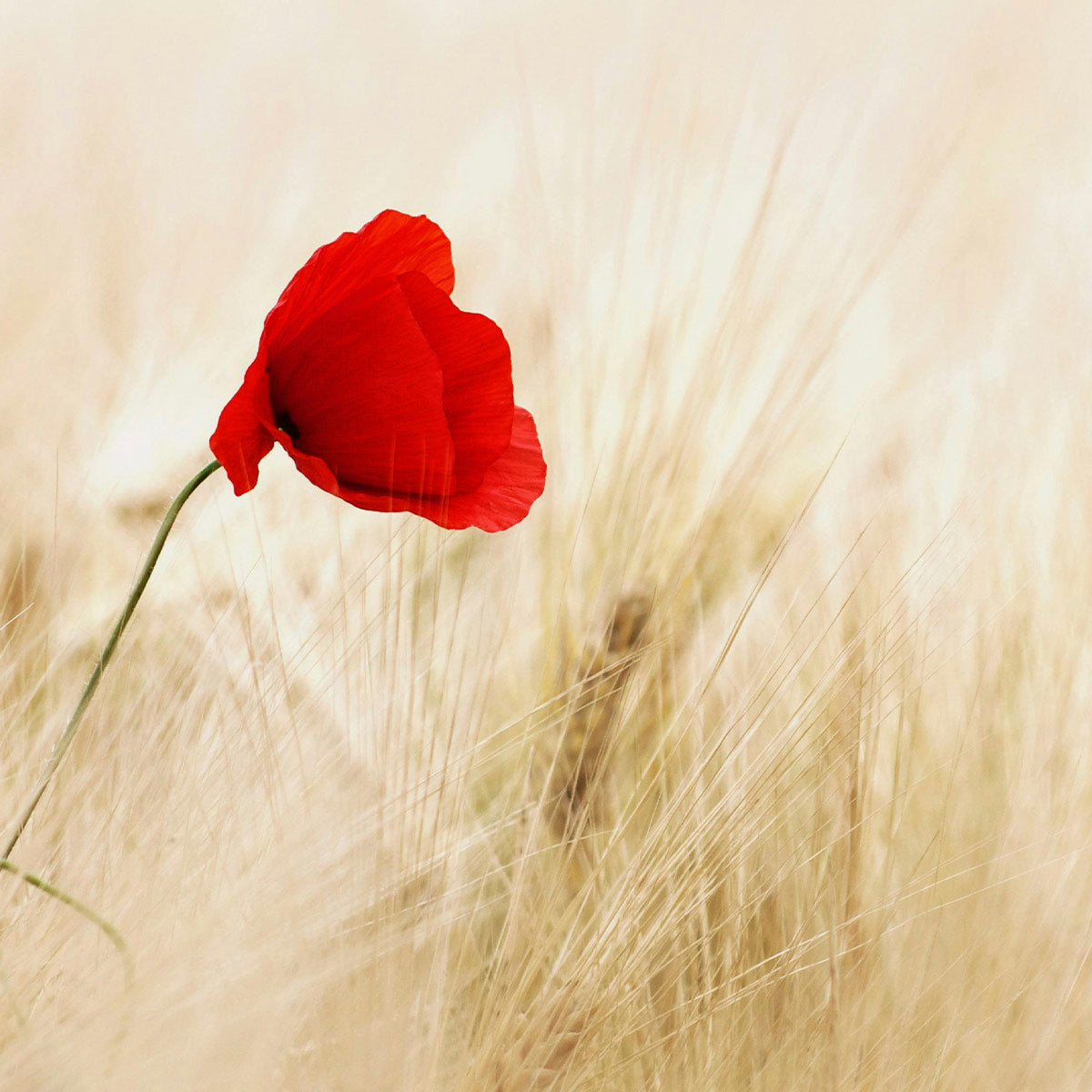ANZAC Day Explained
Each year on April 25th, Australians and New Zealanders gather in reflection and solidarity to mark ANZAC Day, one of Australia’s most significant national occasions. But what exactly does "ANZAC" mean, and why does this day hold such profound significance? Furthermore, what deeper meanings does this occasion carry for the citizens of these nations? Let’s uncover the meaning, traditions, and facts surrounding ANZAC Day, with insights into why it remains a cornerstone of national remembrance and identity.
The Meaning of ANZAC
ANZAC stands for Australian and New Zealand Army Corps, whose soldiers were known as Anzacs. It marks the anniversary of the first major military action fought by Australian and New Zealand forces during the First World War. Over time, the day has come to honour all Australians and New Zealanders who have served in military operations, remembering the courage and sacrifices of these servicemen and women.
Origins of ANZAC Day
The origins of ANZAC Day date back to 1915 (Wikipedia), when the ANZACs landed on the Gallipoli Peninsula on April 25. Their campaign was to capture the Gallipoli Peninsula to open the way to the Black Sea for the Allied navies. The hope was that this would eventually lead to the capture of Constantinople (now Istanbul), the capital of the Ottoman Empire, an ally of Germany. The ANZAC forces landed at what is now known as ANZAC Cove, where they fought a brutal campaign against the Ottoman Turkish defenders. The campaign was fraught with challenges and heavy casualties on both sides and ended in a stalemate after eight months.
Despite the military failure, the actions of the ANZACs during the campaign left a powerful legacy. The courage, camaraderie, endurance, and mateship that became associated with the ANZACs formed an important part of the national identity of both Australia and New Zealand.

How ANZAC Day is Commemorated
ANZAC Day is observed in Australia through several rites and ceremonies. One of the most moving and recognised is the Dawn Service. This ceremony is held at dawn throughout the country and in many areas throughout the world where Australians and New Zealanders live. The date of the dawn service corresponds to the initial Gallipoli landing in 1915. The service usually includes a moment of silence, the laying of wreaths, the reciting of the Ode of Remembrance, and the playing of "The Last Post," a bugle call used at military funerals and memorial ceremonies as a final farewell.
Following the Dawn Service, many communities hold commemorative marches featuring veterans, current servicemen and women, and other representatives of various community groups. The marches are a public demonstration of honour and commemoration for those who have served. The marches draw big audiences who line the streets to observe and support.
ANZAC Day Traditions
Several traditions are associated with ANZAC Day. The game of two-up, a gambling game played by soldiers during World War I, is legally played in public only on ANZAC Day. The game involves tossing two coins into the air and betting on how they will land. This game has become a part of ANZAC Day celebrations, reflecting the soldiers' way of relieving stress and bonding during times of war.
Another tradition is the wearing of red poppies. Poppies were among the first plants that came up from the battlefields of northern France and Belgium in World War I. Their bright red colour became a symbol of the blood spilled in the war. Today, they are worn on ANZAC Day as a sign of remembrance and respect.

Sharing of Anzac Biscuits
One of the most heartfelt traditions associated with this day is the making and sharing of Anzac biscuits. These sweet treats have a special story. Originally sent to soldiers by their loved ones, Anzac biscuits were made without eggs to ensure they would endure the long journey overseas.
Today, baking these biscuits is a way for families to come together, connecting past with present. The cookies, made from rolled oats, coconut, golden syrup, and flour, are not just delicious but also hold a poignant reminder of the resilience and spirit of the ANZACs. Whether you're attending a dawn service, a parade, or a quiet moment of reflection, sharing these biscuits is a small yet meaningful way to honour the memory of those who served. They embody a legacy of courage, unity, and national pride, making Anzac Day not just a day of remembrance, but also one of gratitude and reflection.
If you're keen to explore more uniquely Australian traditions and special days, don't miss out on our other articles. We've got a fantastic piece on more special days in Australia that delves into Key Dates of Australian Holidays.
Educational Aspects and Cultural Impact
ANZAC Day also serves as an important educational opportunity. Schools across Australia incorporate learning about ANZAC Day in their curriculum, teaching students about the historical significance, the sacrifices made by servicemen and women, and the values of bravery, mateship, and the peacekeeping efforts that continue today.
The cultural impact of ANZAC Day is profound. It is a day that unites Australians from all walks of life in national pride and solemn remembrance. It reminds the public of the cost of war and the value of peace. Each year, the commemorations give new generations the chance to learn and reflect on the past, ensuring that the legacy of the original ANZACs and all who followed in their footsteps will never be forgotten.
Important Facts about ANZAC Day
Gallipoli Campaign: The Gallipoli Campaign lasted eight months and aimed to secure a sea route to the Russian Empire and knock the Ottoman Empire out of the war. By the end of 1915, the campaign was abandoned and the allied forces withdrew.
Recognition and Commemoration: Over the years, ANZAC Day has grown to encompass all Australians who served and died in all wars, conflicts, and peacekeeping operations.
The Ode of Remembrance: Part of the tradition includes reciting 'The Ode of Remembrance', taken from Laurence Binyon's poem 'For the Fallen', which includes the lines, "They shall grow not old, as we that are left grow old; Age shall not weary them, nor the years condemn."
ANZAC Biscuits: These biscuits were originally made by wives and women's groups and sent to soldiers abroad because the ingredients did not spoil easily and kept well during naval transportation. Today, they are a traditional recipe made on ANZAC Day.
Reflecting on Our Heritage: The Enduring Legacy of ANZAC Day.
ANZAC Day is more than just a historical observance; it represents a deeper reflection on national identity and the timeless ideals of courage, mateship, and sacrifice. Every year, Australians and New Zealanders gather for dawn prayers, participate in remembrance marches, and engage in traditions like two-up, reinforcing a collective memory that honours past sacrifices and teaches future generations. This day of remembering not only commemorates a watershed event in history but also serves as a reminder of the price of liberty and the importance of striving for peace in an often tumultuous world.
Moreover, ANZAC Day's significance as a cultural touchstone continues to resonate across generations, bridging historical divides and inspiring a sense of unity and pride. It is a day when Australians pause to consider not only the bravery of the ANZACs but also the enduring impact of their legacy on contemporary Australian society. By reflecting on the past, ANZAC Day encourages a commitment to the values that define the Australian spirit, ensuring that the memories and lessons of the past remain influential in shaping the nation’s future.


